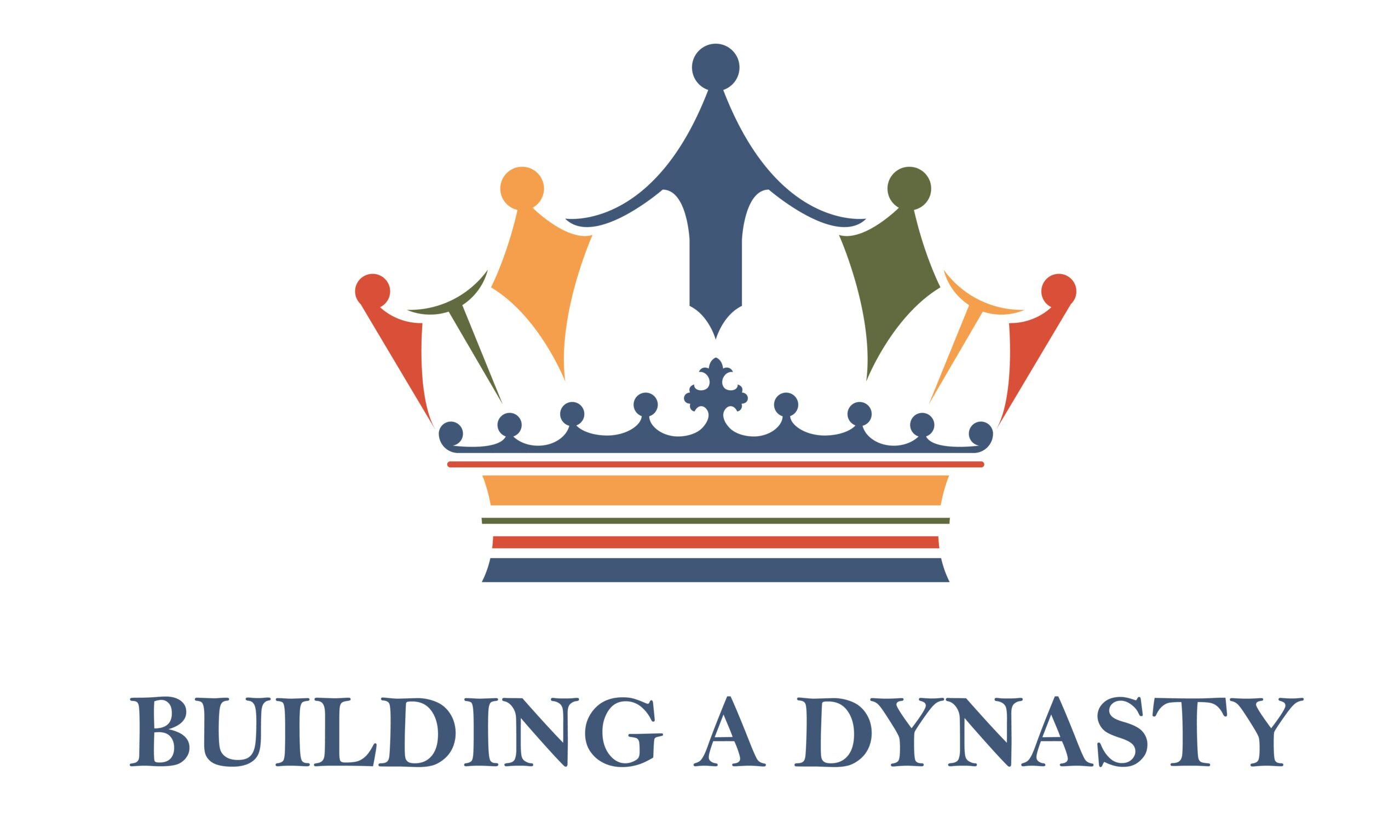Leírás
£850.000
ENTRY FEE
10 Children
Company Formation
Registered Office Service / 24 years*
Dormant Accountant Package for your company +£440 / year
Dating service
Partner registration service
Accompanying the process of becoming a parent
Personal Education theme
Complete Education system
4 Pillar plan
Integration into our education system
30 hours Education / week
Weekend Home
Gift for every birthday
+ Service fee: £32.770.- / month
+ Rent fee: £2.790.- / month





Értékelések
Még nincsenek értékelések.